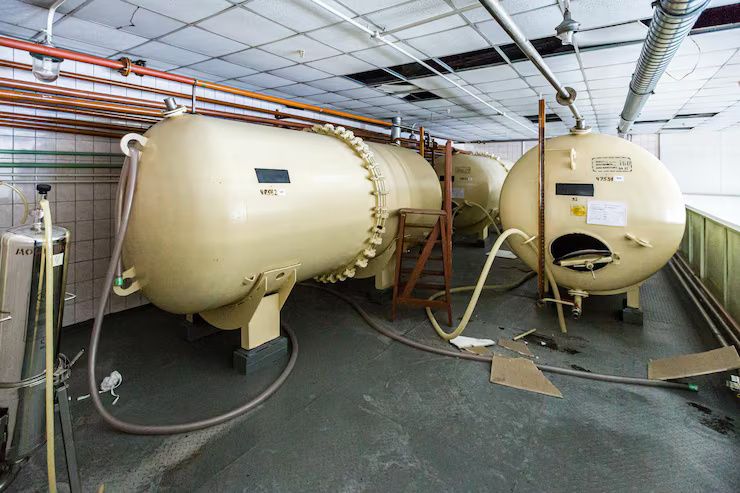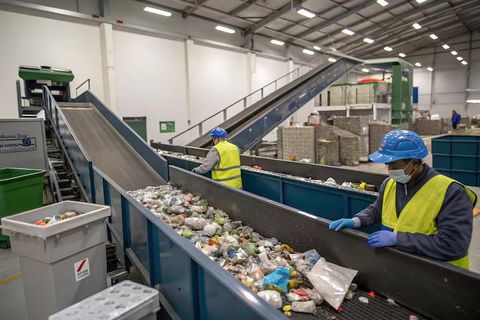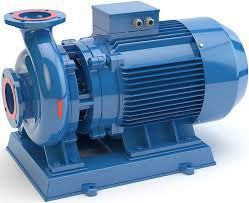Explore Cryogenic Tanks: A Comprehensive Guide to Key Facts, Basics, and Technical Insights
Cryogenic tanks are specialized storage vessels designed to hold extremely low-temperature substances such as liquid nitrogen, liquid oxygen, liquid hydrogen, liquefied natural gas (LNG), and other cryogenic materials. They exist because certain gases must be cooled to extremely low temperatures to remain in liquid form, making storage and transportation safer, more efficient, and more compact.
These tanks are widely used in scientific research, medical applications, industrial manufacturing, food processing, aerospace, and clean-energy technologies. By maintaining temperatures as low as –196°C (–320°F), cryogenic tanks prevent vaporization and ensure that sensitive materials remain stable during storage or transport.

Importance
Cryogenic tanks matter today because they play a vital role in many emerging and essential industries. Their significance includes:
-
Support for clean-energy transitions: Cryogenic tanks are crucial for storing liquefied hydrogen and LNG, both of which are used in many global energy strategies aimed at reducing emissions.
-
Medical and healthcare relevance: Liquid oxygen and liquid nitrogen are widely used in medical therapies, laboratory research, and vaccine preservation.
-
Industrial efficiency: Cryogenic gases support welding, metal fabrication, food freezing, and chemical processing.
-
Aerospace advancement: Rocket propulsion systems rely on cryogenic fuels such as liquid hydrogen and liquid oxygen for high-performance combustion.
-
Scientific research: Biological sample preservation and advanced experiments require controlled cryogenic environments.
These tanks solve the problem of storing materials that cannot be kept at standard temperatures, making them essential infrastructure across multiple industries.
Recent Updates
The year 2024–2025 saw several developments in cryogenic technology, reflecting global growth in energy, healthcare, and industrial sectors. Key updates include:
-
Hydrogen storage innovations (2025): As hydrogen becomes central to clean-energy initiatives, new cryogenic tank designs aim to improve insulation and reduce boil-off rates during long-distance transport.
-
Composite material adoption (2024): Manufacturers have increasingly introduced lightweight composite cryogenic tanks for transportation, improving durability and reducing overall transport weight.
-
Space industry expansion (2025): With growing satellite launches and commercial space missions, the demand for high-performance cryogenic fuel tanks continues to rise.
-
AI-assisted monitoring (2024): Smart sensors and monitoring systems now allow real-time tracking of temperature, pressure, and structural health to improve safety.
-
LNG infrastructure growth (2025): Several countries invested in new LNG terminals, resulting in higher demand for large-scale cryogenic storage tanks.
These developments show that cryogenic technology is evolving as industries shift toward sustainability, automation, and advanced engineering solutions.
Laws or Policies
Cryogenic tanks are subject to strict regulations worldwide due to safety, environmental, and industrial standards. Policies differ by region but generally include:
-
Pressure equipment regulations: Authorities such as the U.S. Department of Transportation (DOT), European Pressure Equipment Directive (PED), and equivalent national regulators define manufacturing, inspection, and safety requirements for cryogenic pressure vessels.
-
Environmental and emission policies: Regulations encourage the safe storage and handling of liquefied gases to prevent environmental hazards, particularly in LNG and hydrogen distribution.
-
Safety codes for workplaces: Agencies like OSHA (United States) and HSE (United Kingdom) outline standards for safe operation, handling, and installation of cryogenic tanks.
-
International transportation standards: ISO regulations ensure uniform design, testing, and certification of tanks used for global shipping and logistics.
-
Hydrogen economy programs: Many governments offer support for hydrogen infrastructure, indirectly encouraging development and use of advanced cryogenic storage systems.
Regulations help ensure that cryogenic tanks are safe, reliable, and compatible with evolving industrial and environmental demands.
Tools and Resources
Several tools and resources support professionals working with cryogenic tanks, helping them ensure safety, accuracy, and efficient operation:
-
Cryogenic temperature calculators: These tools estimate cooling requirements, pressure changes, and gas vaporization rates.
-
Digital monitoring dashboards: IoT-enabled platforms track tank temperature, pressure, and performance in real time.
-
Engineering design software: Programs such as ANSYS, SolidWorks, and COMSOL are used to model thermal behavior and structural integrity.
-
Safety guidelines and manuals: Documents provided by engineering associations give step-by-step procedures for handling cryogenic materials.
-
Material compatibility databases: Online resources provide information about metals and components that withstand extremely low temperatures without cracking.
-
Scientific research platforms: Journals and university portals share case studies on cryogenics, highlighting best practices and new developments.
Table: Common Cryogenic Materials and Their Storage Temperatures
| Cryogenic Material | Typical Storage Temperature | Main Applications |
|---|---|---|
| Liquid Nitrogen | –196°C | Medical storage, food processing, research |
| Liquid Oxygen | –183°C | Healthcare, aerospace, industrial processes |
| Liquid Hydrogen | –253°C | Clean energy, space propulsion |
| LNG (Liquefied Natural Gas) | –162°C | Energy supply, transport fuel |
FAQs
What is the purpose of a cryogenic tank?
A cryogenic tank is designed to store or transport gases at extremely low temperatures after they have been liquefied. This makes the gases easier and safer to handle for industrial, medical, or energy applications.
How do cryogenic tanks maintain such low temperatures?
They use multilayer insulation systems combined with high-vacuum spaces to minimize heat transfer. This design significantly reduces vaporization and keeps the contents cold for extended periods.
Where are cryogenic tanks commonly used?
They are used in industries such as healthcare, energy, scientific research, aerospace, food processing, and advanced manufacturing.
What materials are cryogenic tanks made of?
They are typically made of stainless steel, aluminum alloys, or composite materials that can withstand thermal stress and maintain structural integrity at extremely low temperatures.
Are cryogenic tanks safe?
Cryogenic tanks are safe when designed, certified, and operated according to established regulations. Safety systems usually include pressure relief valves, monitoring sensors, and reinforced insulation to prevent hazards.
Conclusion
Cryogenic tanks are essential components of modern scientific, industrial, and energy systems. Their ability to safely store ultra-cold materials supports a wide range of applications, from powering space missions to preserving medical supplies.
Recent innovations in monitoring, materials, and sustainable energy highlight the growing importance of cryogenic technology in the global shift toward cleaner and more advanced solutions. Strong regulatory frameworks ensure that tanks operate safely, while modern engineering tools help industries meet technical and environmental challenges.







